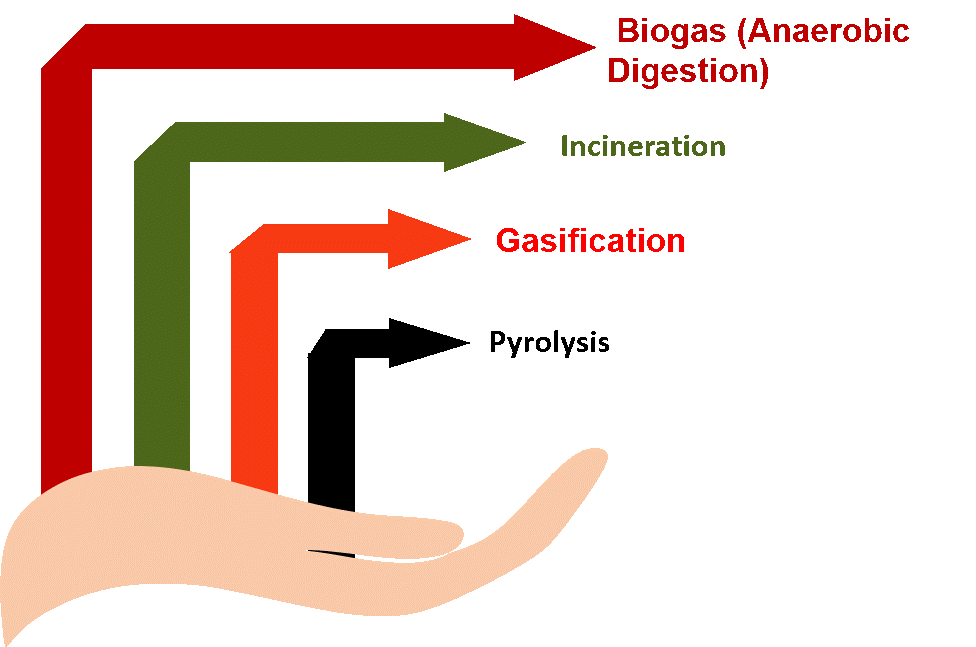Fields
BioFuels
Solid
- Compost
- RDF
- Char
Gaseous
- Biogas
- Hydrogen
- Dimethyl ether (DME)
Liquid
- BioMethanol
- BioEthanol
- SAF
- Biodiesel
Solid BioFuels
Biofuels is a promising source for generating renewable energy. Biological materials can be converted directly to solid, liquid, and gaseous biofuel.
Biofuel is commonly advocated as a cost-effective and environmentally benign alternative to petroleum and other fossil fuels, particularly within the context of rising petroleum prices and increased concern over the contributions made by fossil fuels to global warming.
Biofuel, any fuel that is derived from biomass—that is, plant or algae material or animal waste. Since such feedstock material can be replenished readily, biofuel is considered to be a source of renewable energy, unlike fossil fuels such as petroleum, coal, and natural gas.
Solid Biofuels Biological material in the form of wood, specific crops, crop residues and organic wastes fulfil both renewable and sustainable criteria as forests and crops can be replanted, that may be used as a source of energy and/or chemicals.
Liquid Biofuels are mainly two types according to the fossil fuel to be replaced with;
1) biofuels replace gasoline (bio-methanol, bioethanol, and biobutanol),
2) biofuels replace diesel fuel (biodiesel, bio-oil and bio-based F-T diesel (.
Gaseous biofuels such as (Biogas, Bio-hydrogen, Syngas, and Dimethyl ether (DME)) are used for both electricity generation and heating, and also most importantly as a transport fuel
Solid BioFuels
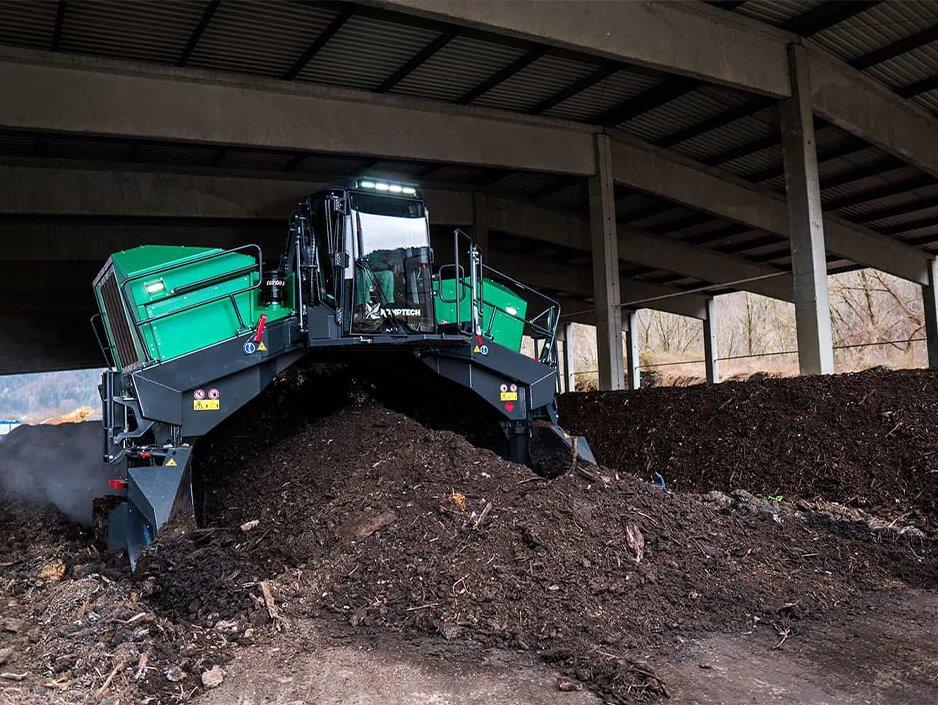
Compost
The biodegradable fraction of Municipal Solid Waste (MSW) is commonly composted to be used as fertilizer, but it also contains high value products in terms of energy content. compost can be utilized as a sustainable fuel and is characterized by higher than lignite calorific value, lower ash production, lower sulphur oxide content and carbon dioxide emissions. During co-combustion, lower activation energy was found, suggesting a synergy effect and can be used as a fuel
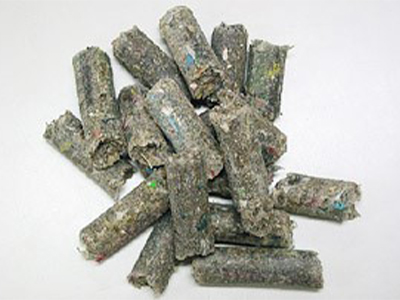
Refuse-derived fuel (RDF):
is a fuel produced from various types of waste such as municipal solid waste (MSW), industrial waste or commercial waste. RDF consists largely of combustible components of such waste, as non-recyclable plastics (not including PVC), paper cardboard, labels, and other corrugated materials. These fractions are separated by different processing steps, such as screening, air classification, ballistic separation, separation of ferrous and non-ferrous materials, glass, stones and other foreign materials and shredding into a uniform grain size, or also pelletized in order to produce a homogeneous material which can be used as substitute for fossil fuels
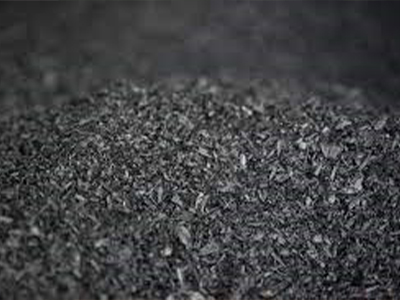
Biochar
Biochar is defined by the International Biochar Initiative as “the solid material obtained from the thermochemical conversion of biomass in an oxygen-limited environment”. Biochar is a stable solid that is rich in pyrogenic carbon and can endure in soil for thousands of years. The refractory stability of biochar leads to the concept of pyrogenic.
Gaseous Biofuels
Biogas
is an environmental-friendly, renewable energy source. It’s produced when organic matter, such as food or animal waste is digested and broken down by microorganisms in the absence of oxygen in a process called anaerobic digestion. The produced biogas consists mainly of methane, carbon dioxide, small amounts of hydrogen sulphide, water vapor, and other traces of gases, The relative quantities of these variable gases depend on the feedstock.
The produced biogas is used for:
- Can be used for cooking and heating in a similar way to LPG, and NG.
- Can be used in electricity and power generating
In case of biogas upgrading to natural gas standards, can be used as a vehicles fuel.
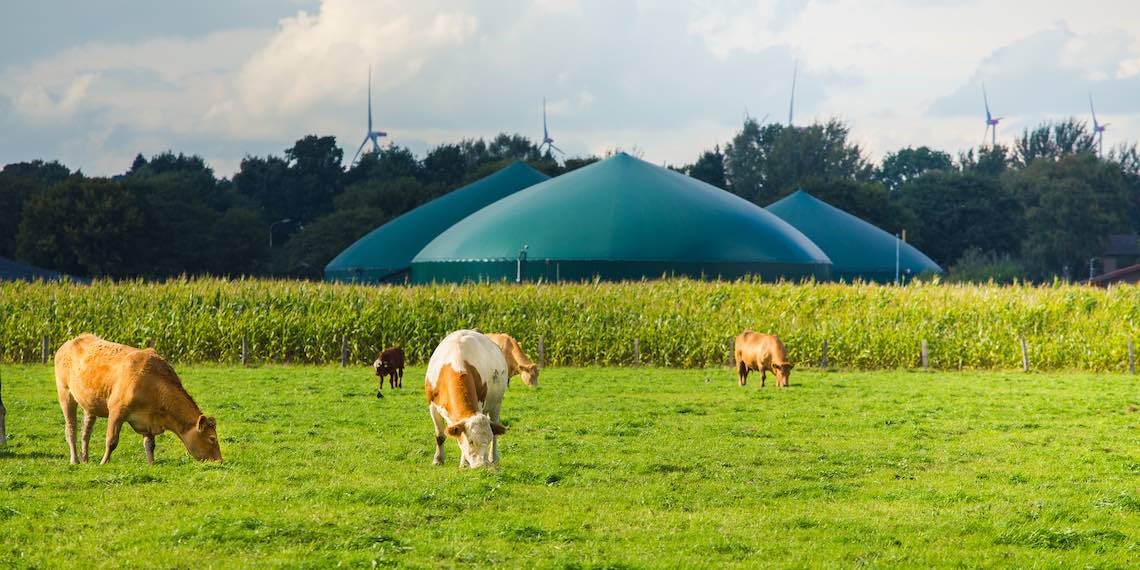
Hydrogen
Hydrogen is a potential alternative fuel that can play a major role alongside fuel cells and renewable energy in creating the carbon-neutral environment of tomorrow. Hydrogen is an energy carrier with qualities that can help reduce the net sum of greenhouse gas emissions. However, while battery-electric vehicle, solar energy, wind energy, and biofuels can decarbonize transport already today. Although large investment in hydrogen today but with increasing technology efficiency will reduce the CAPEX.
Hydrogen itself is a colorless gas but there are around nine color codes to identify hydrogen including grey, green, blue, yellow, white, black/brown, pink, and turquoise. The colours codes of hydrogen refer to the source or the process used to produce hydrogen as shown in the figure.
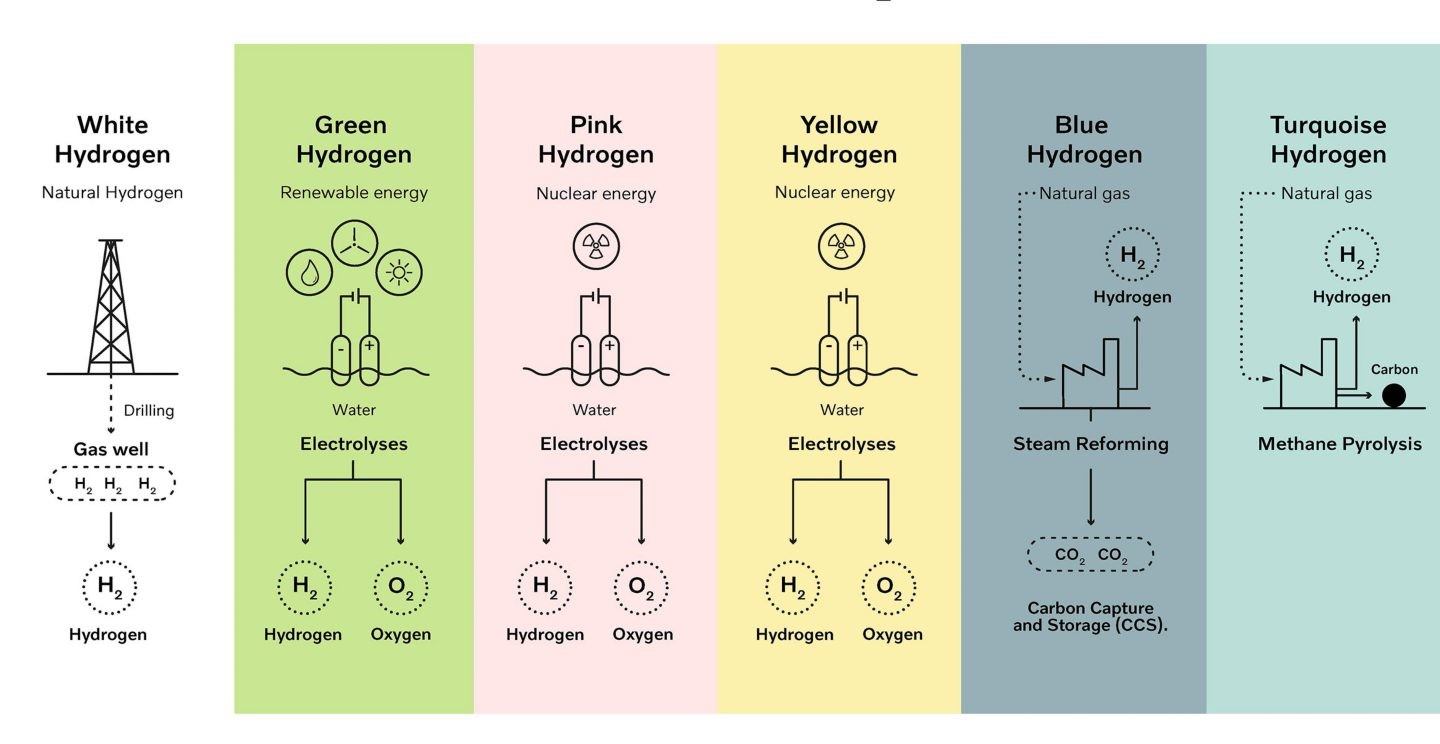
SynGas
Syngas is the short name for a gasification product known as synthesis gas. It’s a mixture of hydrogen, carbon monoxide, methane, and carbon dioxide that used as an intermediate in processing synthetic petroleum.
Uses of Syngas:
The primary use of syngas is the direct burning inside the combustion engines for energy generating. Plus, the production of other fuels, mainly methanol, and diesel fuel. In industry such as steel milling and petroleum refining, large amounts of waste gas are produced rather than vent these toxic gases into the atmosphere, they are captured and used to produce syngas to reduce the environmental impacts. A novel use of syngas is to directly power hydrogen fuel cells. Hydrogen is simply captured from the gas and refined for use in fuel cells, this process tends to achieve the “zero emissions” aim of fuel cells.
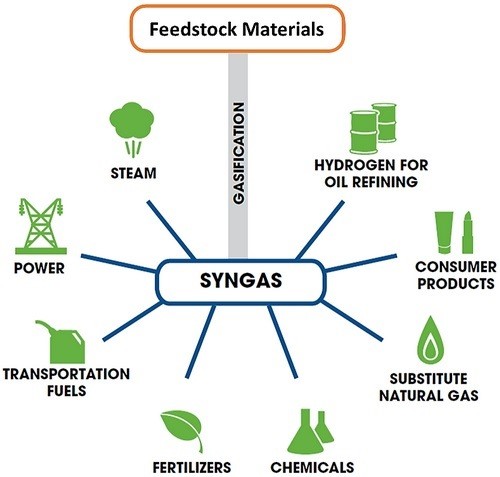
Waste to Energy
Anaerobic digestion, combustion, gasification and pyrolysis are all processes to convert waste into energy. In all of them, the waste is heated to break the hydrocarbon chains to produce volatiles.
There are four main “WtE” techniques to generate energy, which are:
1) Anaerobic Digestion: which is based on fermentation of organic waste to produce biogas.
2) Incineration: is complete combustion in the presence of air, which is burning fuel in a furnace to produce heat. The heat can be utilized as hot air, hot water, steam to produce electricity.
3) Gasification, which a partial oxidation can be obtained with air, main products of gasification are synthesis ga, tar and char.
4) Pyrolysis, biomass is heated in the absence of air. The process results liquid, solid and gaseous fractions.
